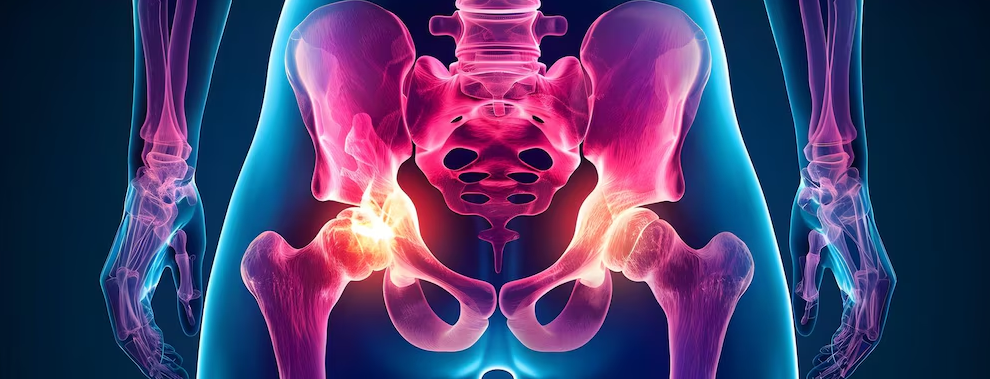To explore the possibility of using a novel technique, CT perfusion imaging, to monitor the response to anti-tubercular therapy (ATT) in patients with intestinal tuberculosis.
A prospective observational study was performed in adults with treatment naive-intestinal tuberculosis. Clinical, endoscopic, and conventional radiological findings of patients were compared at baseline and post-ATT. CT perfusion imaging was performed with recording of six perfusion parameters (blood flow, blood volume, mean transit time, time to peak, maximum peak intensity, and permeability/blood flow extraction).
Twenty-two patients (13 women, 59%) with a median age of 25 years were recruited. The terminal ileum and ileocaecal junction were the most frequent sites of involvement (59%), with multiple segments of the intestine being involved in 16 patients (73%). Median duration of ATT was 6 months (range 6-10 months). Complete clinical response was observed in 22/22 (100%) patients, endoscopic response in 12/12 (100%) patients, and radiological response in 10/13 (76%) patients. There was a significant decrease in mean blood flow, blood volume, maximum peak intensity, and an increase in mean transit time and time to peak on follow-up CT perfusion imaging performed after 6 months of ATT.
Significant alterations in CT perfusion parameters were demonstrated following treatment, consistent with a decline in inflammation and vascularity. CT perfusion imaging of the bowel is a novel means to assess the radiological response to ATT in intestinal tuberculosis, although at the cost of a higher dose of radiation exposure.
Copyright © 2023. Published by Elsevier Ltd.













